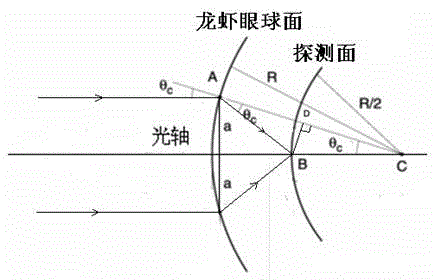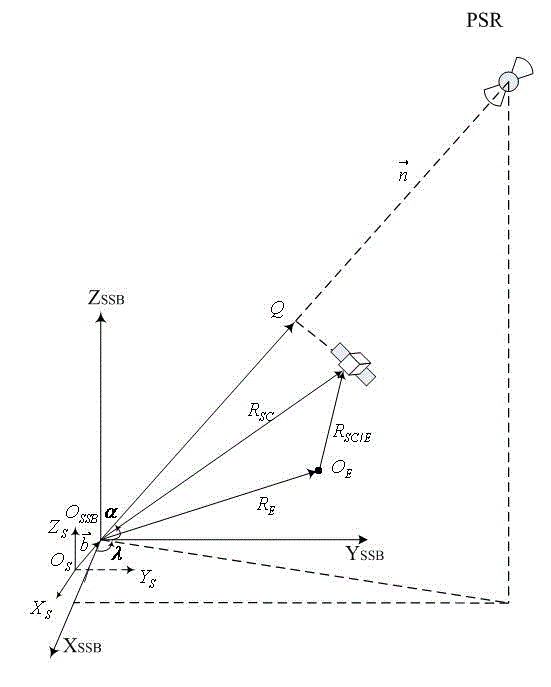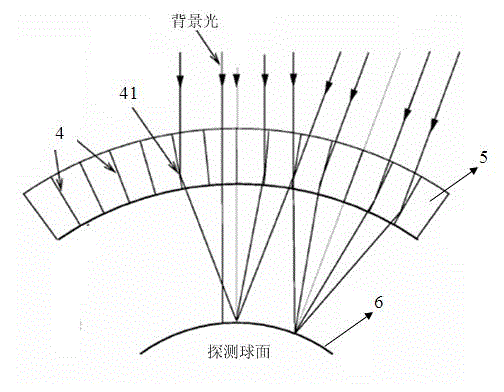Large-view-field X-ray navigation sensor based on lobster eyes
An X-ray and sensor technology, applied in the field of X-ray navigation sensors with a large field of view, can solve problems such as a small field of view for navigation, improve safety and reliability, facilitate long-term high-precision autonomous navigation, and reduce dependence and cost effects
- Summary
- Abstract
- Description
- Claims
- Application Information
AI Technical Summary
Problems solved by technology
Method used
Image
Examples
Embodiment Construction
[0023] The present invention proposes a large field of view navigation scheme based on the lobster eye, which uses the lobster eye optical system to receive the radiation information of the pulsar to realize the autonomous navigation of the satellite. The principle of the lobster eye optical system involved in the scheme, the pulse time conversion Model, and lobster eye X-ray navigation sensor.
[0024] (1) Principle of lobster eye optical system
[0025] There are two main types of incident X-ray light sources: one is a point light source, which is idealized as a particle and emits light in all directions; the other is a parallel light source, which refers to a light source whose beam radiates far away but does not increase significantly in width. Light sources such as lasers and the sun.
[0026] The pulsar navigation adopted by the autonomous navigation scheme of the present invention can be approximated as parallel light incident because the pulsar is very far away from t...
PUM
 Login to View More
Login to View More Abstract
Description
Claims
Application Information
 Login to View More
Login to View More - R&D
- Intellectual Property
- Life Sciences
- Materials
- Tech Scout
- Unparalleled Data Quality
- Higher Quality Content
- 60% Fewer Hallucinations
Browse by: Latest US Patents, China's latest patents, Technical Efficacy Thesaurus, Application Domain, Technology Topic, Popular Technical Reports.
© 2025 PatSnap. All rights reserved.Legal|Privacy policy|Modern Slavery Act Transparency Statement|Sitemap|About US| Contact US: help@patsnap.com



